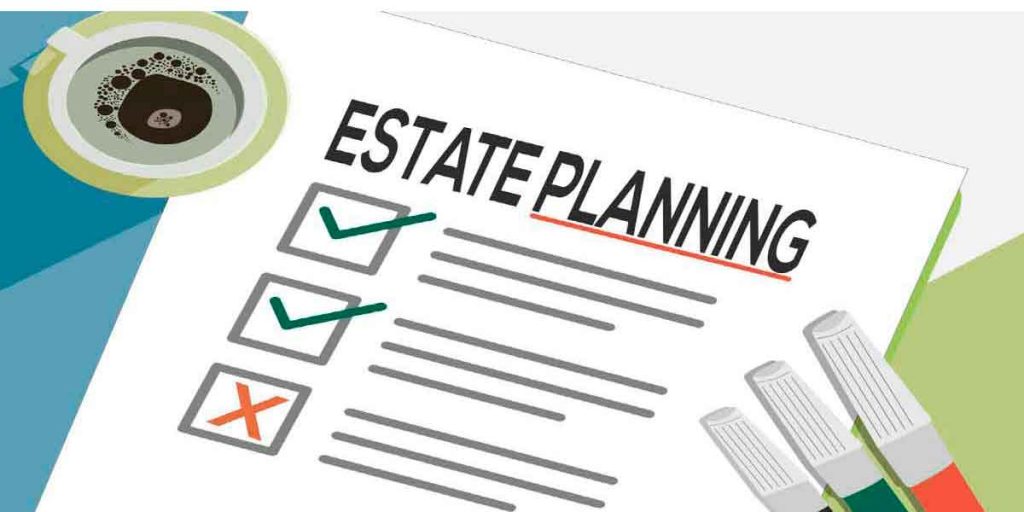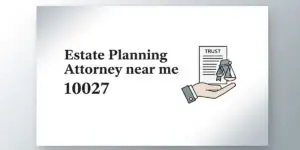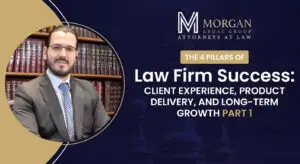7 Point Probate Checklist To Follow in New York
At Morgan Legal Group, located in New York City, we specialize in estate planning, probate, guardianship, elder law, wills, and trusts. Navigating the probate process can be complex and challenging, especially during a time of loss. This 7-point probate checklist is designed to help you understand and manage the essential steps involved in the probate process under New York State law.
Understanding Probate
Probate is the legal process through which a deceased person’s estate is administered and distributed. The process involves validating the will (if one exists), appointing an executor or administrator, paying debts and taxes, and distributing the remaining assets to the beneficiaries.
1. Locate the Will and Notify Interested Parties
The first step in the probate process is to locate the deceased’s will. This document will provide instructions on how the estate should be administered and name the executor who will be responsible for managing the estate. Once the will is located, you must notify all interested parties, including beneficiaries and heirs, of the death and the upcoming probate proceedings.
2. File a Petition for Probate
The next step is to file a petition for probate with the Surrogate’s Court in the county where the deceased resided. This petition formally requests the court to validate the will and appoint the executor named in the will. If there is no will, the court will appoint an administrator to handle the estate. Along with the petition, you must submit the original will (if one exists), a certified copy of the death certificate, and any required filing fees.
3. Inventory and Appraise the Estate’s Assets
Once the court appoints the executor or administrator, they must take an inventory of the deceased’s assets. This includes identifying and valuing all property, bank accounts, investments, personal belongings, and any other assets owned by the deceased at the time of death. The executor or administrator may need to hire appraisers or other professionals to determine the value of certain assets accurately.
4. Notify Creditors and Pay Debts
The executor or administrator is responsible for notifying creditors of the deceased’s death and the probate proceedings. This can involve publishing a notice in a local newspaper and sending direct notifications to known creditors. Once creditors are notified, the executor or administrator must review and validate any claims against the estate and pay any outstanding debts and taxes. This step ensures that the estate’s liabilities are settled before distributing the remaining assets to the beneficiaries.
5. File Estate Tax Returns
Depending on the size of the estate, federal and state estate taxes may be due. The executor or administrator is responsible for filing the necessary estate tax returns and paying any taxes owed. In New York, estates valued above the state exemption threshold are subject to New York estate tax. The federal estate tax may also apply to larger estates. It is important to work with an experienced tax professional or estate attorney to ensure compliance with all tax obligations.
6. Distribute the Estate’s Assets
After all debts, taxes, and expenses are paid, the executor or administrator can distribute the remaining assets to the beneficiaries according to the terms of the will or, if there is no will, according to New York’s intestacy laws. This involves transferring ownership of property, distributing funds from bank accounts, and handling any other necessary transfers. The executor or administrator should keep detailed records of all distributions and provide a final accounting to the court and the beneficiaries.
7. Close the Estate
The final step in the probate process is to close the estate. The executor or administrator must submit a final accounting to the court, detailing all actions taken, including payments made and assets distributed. Once the court reviews and approves the final accounting, it will issue an order closing the estate. This officially ends the probate process and releases the executor or administrator from their duties.
Challenges and Considerations
While this checklist provides an overview of the probate process, there are several challenges and considerations to keep in mind:
Legal Compliance
Ensure that all actions taken during the probate process comply with New York State law. Failure to adhere to legal requirements can result in delays, disputes, or even legal challenges.
Family Disputes
Probate can sometimes lead to disputes among family members or beneficiaries. It is important to handle all matters transparently and fairly to minimize conflicts and ensure a smooth process.
Complex Estates
Estates with complex assets, such as businesses, multiple properties, or significant investments, may require additional expertise and professional assistance to manage and distribute properly.
How Morgan Legal Group Can Help
At Morgan Legal Group, we provide expert guidance and comprehensive legal services for all aspects of the probate process. Our experienced attorneys are dedicated to helping you navigate the complexities of probate and ensure that your loved one’s estate is administered efficiently and in accordance with their wishes.
Expert Guidance
Our team of experienced attorneys has a deep understanding of New York State probate laws. We provide expert guidance to help you navigate the complexities of probate and make informed decisions.
Personalized Service
We take the time to understand your unique situation and develop a customized legal strategy that meets your needs. Our personalized approach ensures that the probate process is handled efficiently and effectively.
Comprehensive Legal Solutions
From filing petitions to managing estate assets and resolving disputes, we offer a wide range of services to address all aspects of probate. Our goal is to provide you with a seamless and stress-free experience.
Contact Us
If you need assistance with the probate process, contact Morgan Legal Group today. Our experienced attorneys are here to provide you with the expert legal assistance you need. Schedule a consultation with us and take the first step towards ensuring a smooth and efficient probate process under New York State law.









